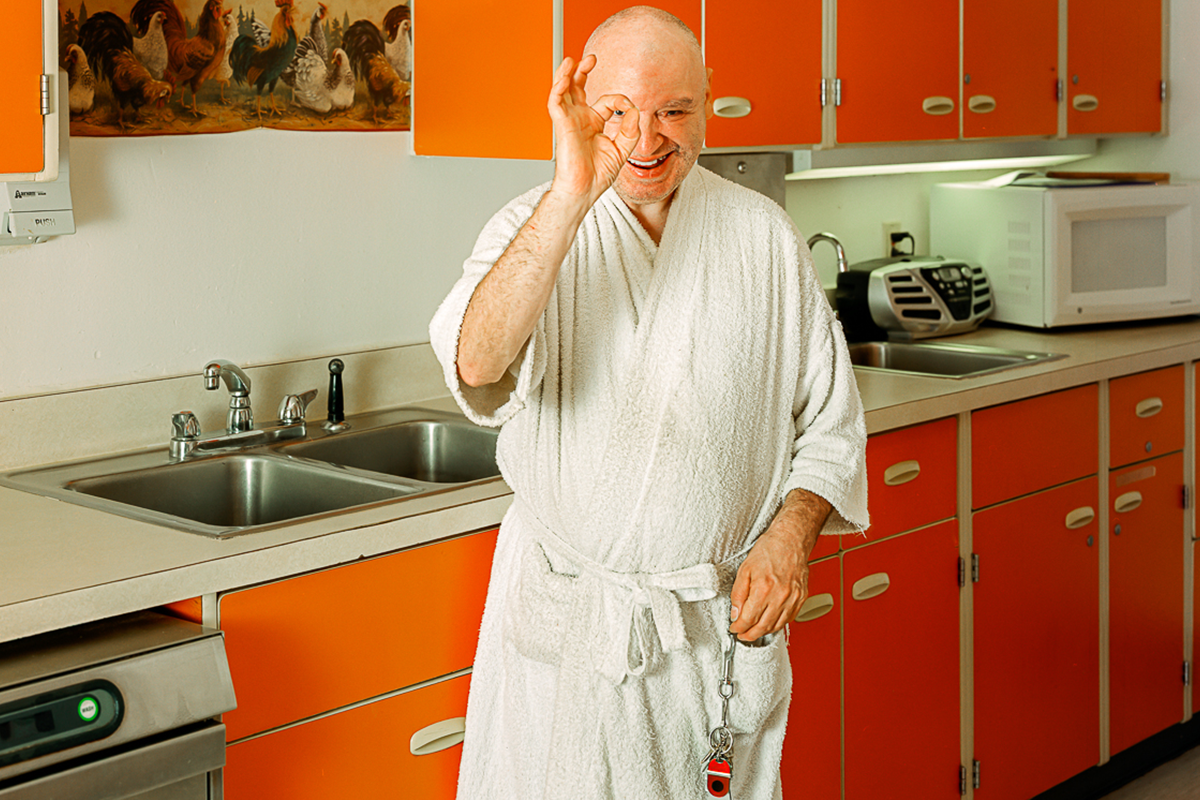
I Took Portraits Of People That Have Been Betrayed By Their Minds, And In Many Cases, Their Bodies (12 Pics)
I learned about the Rainier School from a friend in a bar. I learned of how a developmentally disabled resident was treated, living like an animal in a dungeon. I had to find out about this mysterious person. Eventually, I earned the school’s trust and equipped with a burdensome 8×10 camera, I began to get to work. Turns out there was no mystery creature locked in a dungeon. They didn’t even have a dungeon.
The Rainier School is a state-operated institution for the developmentally disabled, not far from Seattle at the base of beautiful Mount Rainier. The “school” at the Rainier School disappeared years ago. There are no young people. Many of its residents have lived there for their entire lives. They have been betrayed by their minds, and many cases, their bodies. Most of its residents are now elderly, and this extensive campus (complete with a pool, bowling alley, restaurant and its own farm) is now home to only about 370 people, about 20% of its peak capacity.
My objective was to document the final days of a school turned rest home. In a sense, it is a carefully monitored prison. In another, it is a charming country club. Nowadays, as we avoid the institutionalization of the developmentally disabled, the Rainier School and many similar facilities are the victims of our social progress. These images represent the end of a major public commitment and the unique culture it created.
More info: davis.photo | Instagram | Facebook | linkedin.com
Larrie
Most of the Rainier School was empty and closed off long before I got there. I think other similar institutions have closed completely. But my understanding is that while many would not be sent to a living facility in this day and age, some still need to be. So while institutions may not look like large campuses in the future, I don’t assume they’ll fully disappear.
Summer Dance
Colis
I met many people with disabilities. Some were outgoing, energetic and happy. Others, not so much. I met a few who sadly, seemed to live only in their heads. Everyone had their own characteristics.
Gary
Summer Dance
I had photographed institutionalized people before (Captured Youth). Those teenage incarcerated subjects were not at home, nor did they relate to their state-sponsored environment.
The people in these images saw their living situation as home, which the Rainier School strived to be. So I situated my subjects within the environment, whereas before, I often extracted my subjects, simply photographing them against a black background. Overall, I saw the Rainier School as a positive and supportive living space.
Trygve
Wesley
Bill
Corrina
Dave
John
Fred
I’ve been employed in photography all my adult life, or at least until I retired from The Evergreen State College photo dept. in 2020. I still teach on occasion. My work is in several major museums and I exhibit my work where and when I can.
Since the late 1990s, much of my work has focused on people that are institutionalized or managed by the state. I’m not even sure how that happened, but I have extensively photographed incarcerated male and female youths and adults, the functionally disabled, and of course this work of the intellectually disabled.
Some of my more recent projects include portraits of my covid quarantined neighbors from the spring of 2020, and a collaborative project with an incarcerated man who asked me to photograph the “less fortunate” homeless so that he could then make drawings.
I have also been photographing landscapes of the American west for years. I was planning to visit and photograph a small town in east Texas that my ancestors founded. They were slave owners and I wanted to find out more about what was going on there today. But covid put those plans on hold.
108Kviews
Share on FacebookThis was an important photo-study of people who have largely been forgotten by society. Thanks for doing this! 👍
Sadly, when such places close, the outcome for the residents is poor. In Michigan, USA, bureaucrats made the decision to close such a residence and place the people into "community inclusion". Many of the residents had lived there for years and knew no other home. Within a year of closing, one third of the former residents were missing or dead, and another third were in prison or homeless. The remainder were isolated in hellish Detroit slums or in rural farmhouses far from any town. When this was pointed out to the powers that be, they shrugged and replied that the deaths, homelessness, and ill treatment was worth the price for others to be "forever free" of the old residence by Houghton Lake. It is worth noting that a deputy sheriff found the residents in one isolated farmhouse naked and in cages, and the corpses of babies in shallow graves.
Your pictures pack quite a punch. Bringing marginalized people into the public eye, so they are not forgotten, is so very important! Thank you for sharing.
I have worked with people diagnosed with intellectual and developmental disabilities. As far as why they were not interviewed, I have a couple of respectful guesses. 1) not all of the individuals pictured are verbal 2) some of the individuals may not want to have a stranger talking to them as they prefer familiar people and 3) the individuals may honestly not know or understand how they came to be there and to them, it has become their home - the only place they see others like them and feel safe and comfortable. Just some thoughts.
In that case maybe it's not good to have their pictures on display like they're zoo animals?
Load More Replies...I used to work at a privately owned facility similar to this, but with only about 100 residents spread over a few ‚campuses’. 1 campus was dedicated to the elderly students who were not capable of living alone or with limited assistance at an old folks home, and it looked almost exactly like these foto’s. I was there to give them computer/media lessons, but sometimes on sunny days I would take the ones who felt like it out for a ‚walk’ and a drink at a local pub, and I got to know each of them pretty well, fun times. I imagine that wouldn’t be as easy to do in a state run facility with many residents though.
Uh, is "betrayed by your body" the best way to describe disability? Also, as others have pointed out, no info about or opinions from the subjects of the photos seems a bit odd if your aim is to bring marginalised people into the public eye. What differentiates the approach here from photographing animals or still life? The whole thing seems a bit problematic...
I am disabled and definitely feel that I have been betrayed by my body!
Load More Replies...Gary and Fred just look like they would have so many vivid experiences to share. Just to sit and talk with them would be a wonderful thing. You know the kind of people you see and you just know instantly that you'd take right to them? I definitely wish I knew Fred and Gary. =)
I want to give you the benefit of the doubt and say you had good intentions, Steve Davis. But no. You went about this 100000000% the wrong way. Person-centered approach could have made this so much more impactful. Did they consent to this shoot and publishing? I'd love to speak to a representative of this school and see the paper trail of this whole process. And before anyone decides to come to me, asking who am I to speak up-- I am a DSP who works with the developmentally disabled. I'm also disabled myself.
"Betrayed by their minds and bodies"? What a horrible title for what is actually a nice post.
My daughter is sacrificing her health caring for a 3 year old and her husband's extremely difficult developmentally disabled cousin so he won't be put into a group home. I don't know how she does it. I worry about her every day.
Wow, I was completely surprised to see Rainier School pop up here. My mom and sister both worked there; my sister only for a couple years, my mom for almost a decade. I was on the grounds pretty often. Your photos really capture a light and humanity I think most would never see
It's nice that you showed these photos and the subjects' names supposedly, but I was saddened to find no information or stories about any of the people you posted photos of. I'd say they deserved that at a bare minimum, instead of poorly written filler-text that essentially repeated itself over and over again in a spammy, non-meaningful way
Thank you for this, Steve! You are opening our eyes to a part of the population, which has largely been forgotten. I would love to see your studies of these folks put into a book, including their back stories and any feelings about their situation they are able to express. It would also be great to hear and see the folks who care for them. This short article piques my interest in this subject and others like it. I believe you could turn this into a series of books using your beautiful photography along with the history of the people. I wish you all the best and hope to see a book of yours next year!
None of these people are forgotten by society .. they are alive and well .. so I don't get this thread
This was an important photo-study of people who have largely been forgotten by society. Thanks for doing this! 👍
Sadly, when such places close, the outcome for the residents is poor. In Michigan, USA, bureaucrats made the decision to close such a residence and place the people into "community inclusion". Many of the residents had lived there for years and knew no other home. Within a year of closing, one third of the former residents were missing or dead, and another third were in prison or homeless. The remainder were isolated in hellish Detroit slums or in rural farmhouses far from any town. When this was pointed out to the powers that be, they shrugged and replied that the deaths, homelessness, and ill treatment was worth the price for others to be "forever free" of the old residence by Houghton Lake. It is worth noting that a deputy sheriff found the residents in one isolated farmhouse naked and in cages, and the corpses of babies in shallow graves.
Your pictures pack quite a punch. Bringing marginalized people into the public eye, so they are not forgotten, is so very important! Thank you for sharing.
I have worked with people diagnosed with intellectual and developmental disabilities. As far as why they were not interviewed, I have a couple of respectful guesses. 1) not all of the individuals pictured are verbal 2) some of the individuals may not want to have a stranger talking to them as they prefer familiar people and 3) the individuals may honestly not know or understand how they came to be there and to them, it has become their home - the only place they see others like them and feel safe and comfortable. Just some thoughts.
In that case maybe it's not good to have their pictures on display like they're zoo animals?
Load More Replies...I used to work at a privately owned facility similar to this, but with only about 100 residents spread over a few ‚campuses’. 1 campus was dedicated to the elderly students who were not capable of living alone or with limited assistance at an old folks home, and it looked almost exactly like these foto’s. I was there to give them computer/media lessons, but sometimes on sunny days I would take the ones who felt like it out for a ‚walk’ and a drink at a local pub, and I got to know each of them pretty well, fun times. I imagine that wouldn’t be as easy to do in a state run facility with many residents though.
Uh, is "betrayed by your body" the best way to describe disability? Also, as others have pointed out, no info about or opinions from the subjects of the photos seems a bit odd if your aim is to bring marginalised people into the public eye. What differentiates the approach here from photographing animals or still life? The whole thing seems a bit problematic...
I am disabled and definitely feel that I have been betrayed by my body!
Load More Replies...Gary and Fred just look like they would have so many vivid experiences to share. Just to sit and talk with them would be a wonderful thing. You know the kind of people you see and you just know instantly that you'd take right to them? I definitely wish I knew Fred and Gary. =)
I want to give you the benefit of the doubt and say you had good intentions, Steve Davis. But no. You went about this 100000000% the wrong way. Person-centered approach could have made this so much more impactful. Did they consent to this shoot and publishing? I'd love to speak to a representative of this school and see the paper trail of this whole process. And before anyone decides to come to me, asking who am I to speak up-- I am a DSP who works with the developmentally disabled. I'm also disabled myself.
"Betrayed by their minds and bodies"? What a horrible title for what is actually a nice post.
My daughter is sacrificing her health caring for a 3 year old and her husband's extremely difficult developmentally disabled cousin so he won't be put into a group home. I don't know how she does it. I worry about her every day.
Wow, I was completely surprised to see Rainier School pop up here. My mom and sister both worked there; my sister only for a couple years, my mom for almost a decade. I was on the grounds pretty often. Your photos really capture a light and humanity I think most would never see
It's nice that you showed these photos and the subjects' names supposedly, but I was saddened to find no information or stories about any of the people you posted photos of. I'd say they deserved that at a bare minimum, instead of poorly written filler-text that essentially repeated itself over and over again in a spammy, non-meaningful way
Thank you for this, Steve! You are opening our eyes to a part of the population, which has largely been forgotten. I would love to see your studies of these folks put into a book, including their back stories and any feelings about their situation they are able to express. It would also be great to hear and see the folks who care for them. This short article piques my interest in this subject and others like it. I believe you could turn this into a series of books using your beautiful photography along with the history of the people. I wish you all the best and hope to see a book of yours next year!
None of these people are forgotten by society .. they are alive and well .. so I don't get this thread

 Dark Mode
Dark Mode  No fees, cancel anytime
No fees, cancel anytime 




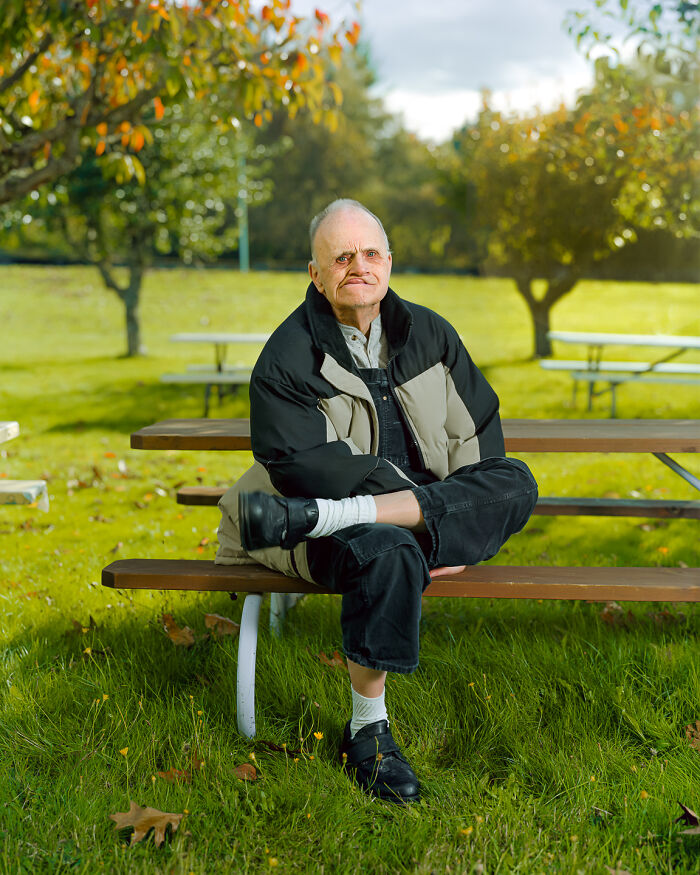
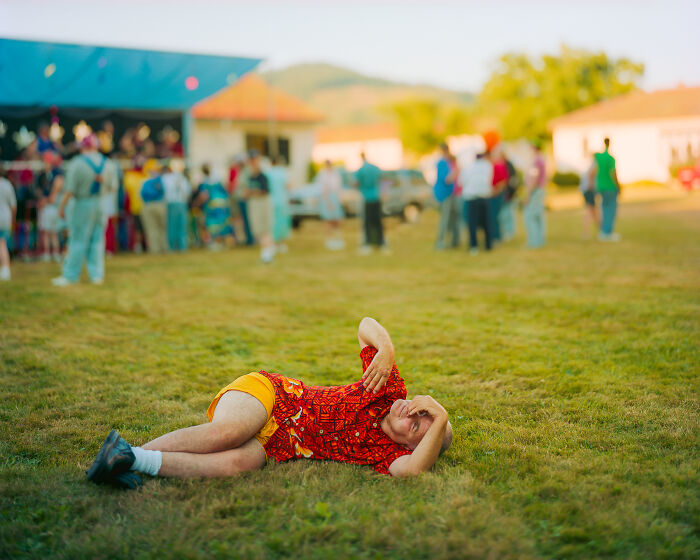

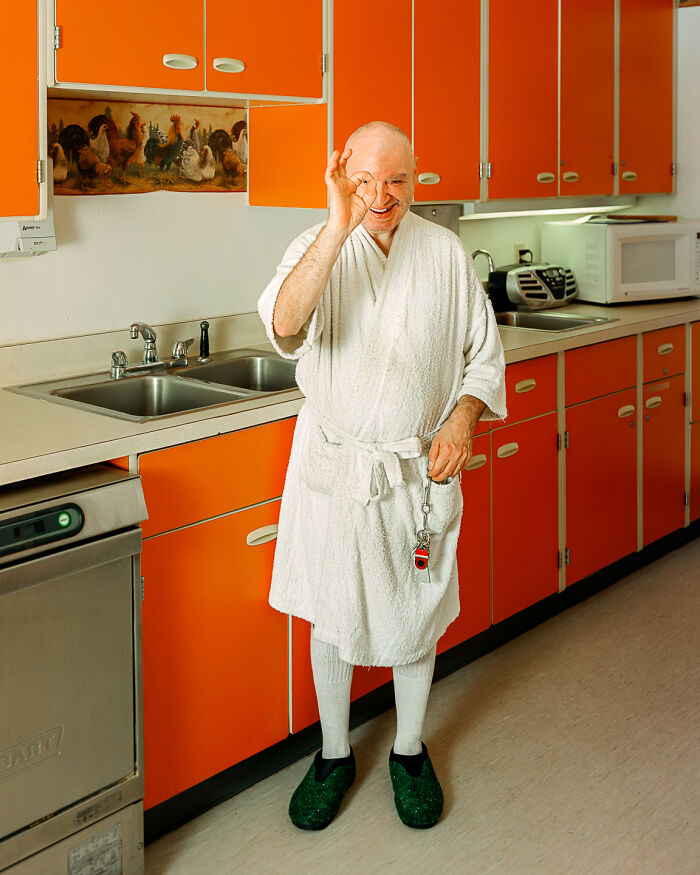
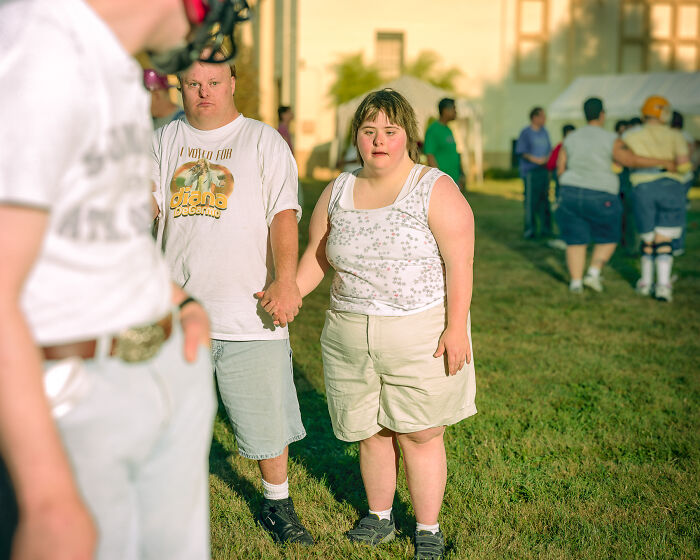
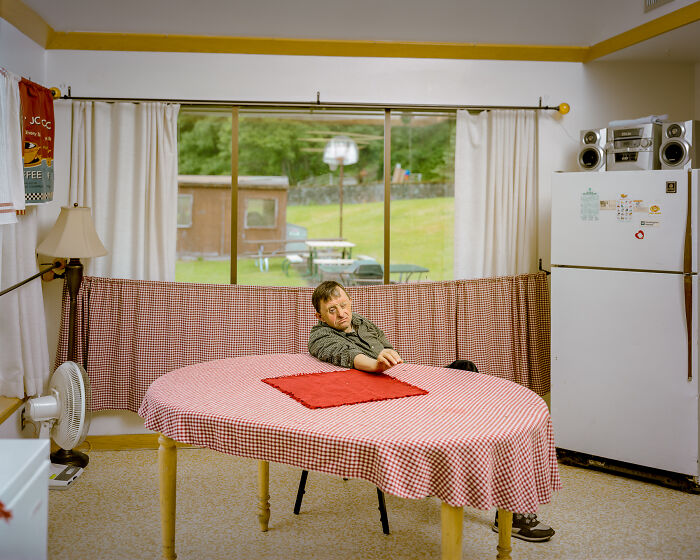
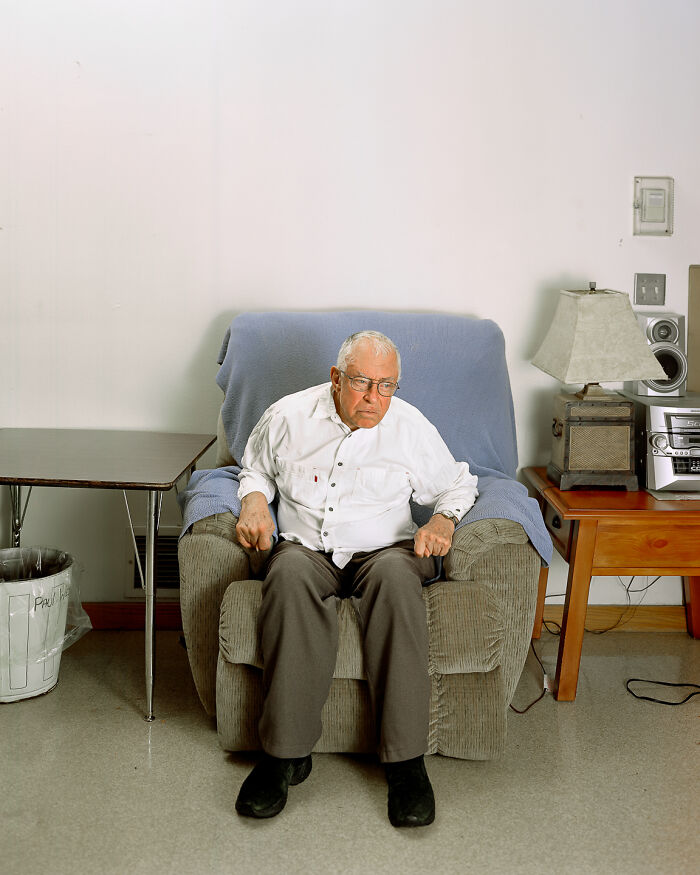
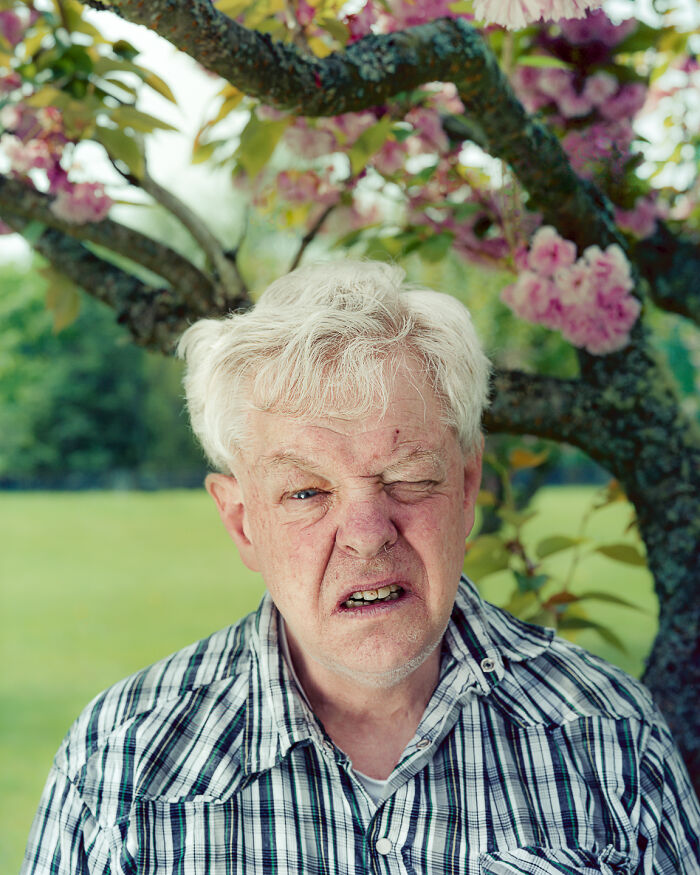

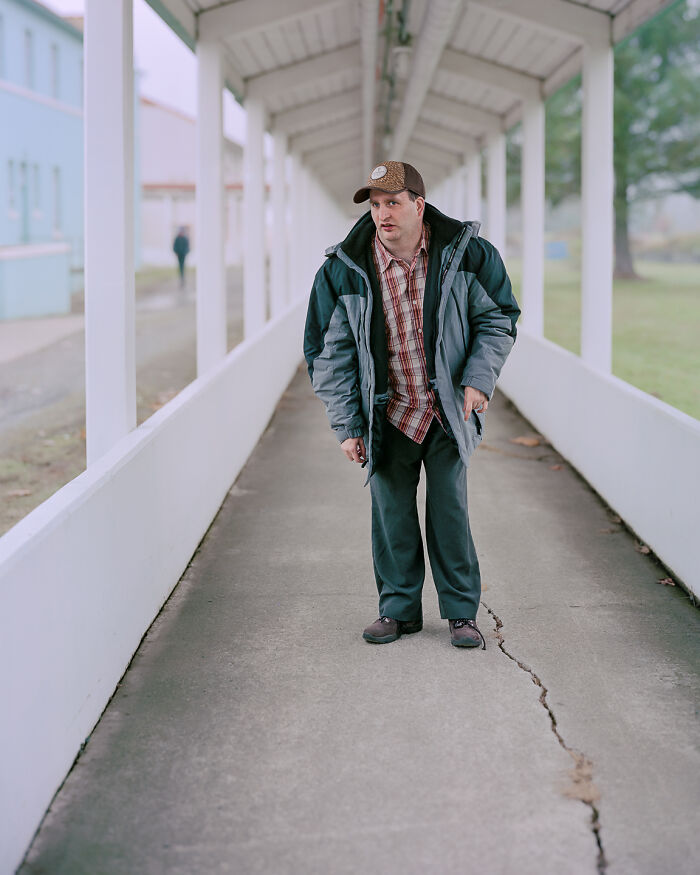
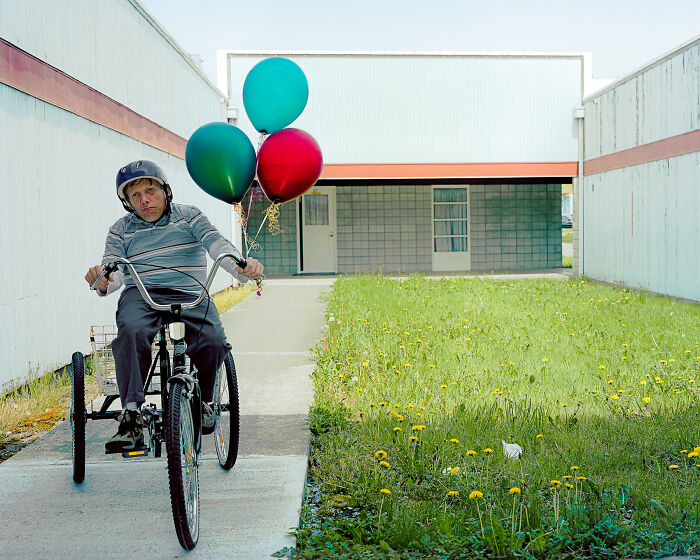
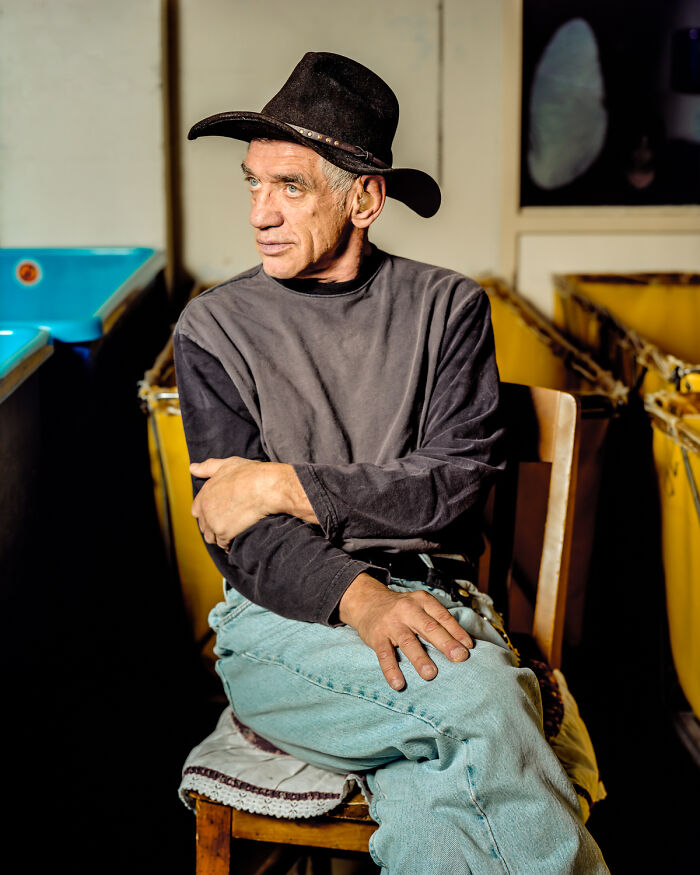



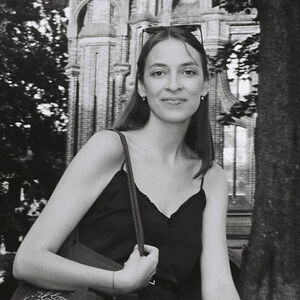


135
38